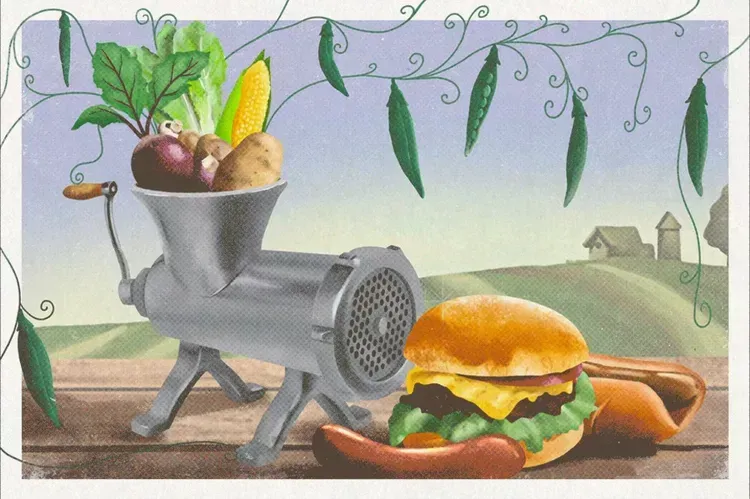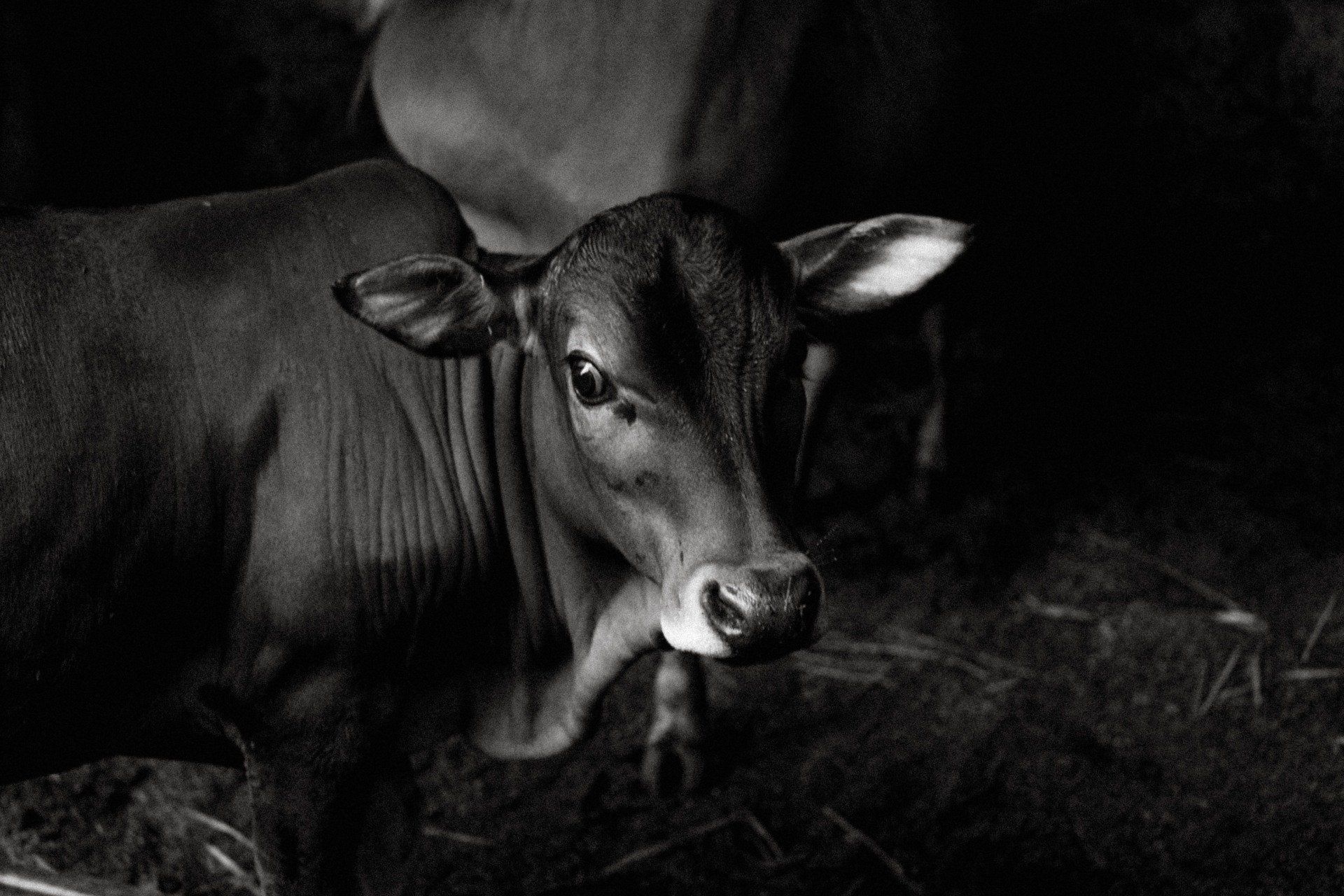8 Tips for Feeding Hummingbirds
Written by Melissa Mayntz
Hummingbirds feed five to eight times per hour, and birders who are interested in feeding hummingbirds can take advantage of those voracious appetites with a deliciously attractive habitat to entice hummingbirds to visit.
These eight tips for feeding hummingbirds are sure to help you attract hummingbirds by appealing to their hungry attitudes and meeting their unique nutritional needs.
01 Provide Natural Food Sources
- A hummingbird’s diet is made up of a variety of food sources. Nectar-producing flowers are a rich and popular option, and colorful blooms will attract many birds. Other hummingbird foods include tree sap, fruit juices, pollen, and insects, including spiders.
- Avoid spraying pesticides or insecticides that would remove these natural food sources, and plan a hummingbird garden with the top nectar blooms to attract hungry hummers. The more varied your hummingbird food sources, the more birds you attract and the healthier they will be.
02
Offer Hummingbird Nectar
- Feeders filled with a classic nectar recipe can help birders attract more hummingbirds and save money over expensive commercial nectar mixes. A simple sugar water solution is just as attractive to hummingbirds as natural nectar sources. Nectar can be mixed in larger quantities and stored in the fridge or freezer until it is ready to use, or smaller batches can be made fresh whenever feeders need to be refilled.
- Avoid using any dyed products, however, including red food dye, colored juices, or other additives, as these chemicals could be harmful to hummingbirds and are not necessary for their diets.1
03 Choosing A Feeder
- There are many types of hummingbird feeders to choose from, and birds that dislike one specific shape or size of feeder may be attracted to another. Use a variety of feeders spread throughout your yard to attract the most hummingbirds.
- Consider both glass and plastic feeders, as well as designs with just one feeding port or multiple access points. Feeders with and without perches may also appeal to different hummingbirds. Different feeder sizes can also accommodate different feeding preferences.
- 04 Position Feeders Properly
- To keep hummingbirds safe from window collisions or from getting their delicate bills stuck in window screens, feeders should be positioned either very close to the window (great for visibility) or at least five feet away.
- Placing feeders in an area free from breezes and out of direct sunlight minimizes spilled nectar and slows fermentation to keep nectar fresh and safe. To help the birds find your feeders, place them near nectar-producing flowers or other colorful accents in your yard, particularly red decorations that will catch these birds' eyes.
- 05 Discourage Insects
- Bees, wasps, and ants find nectar just as irresistible as hummingbirds do, but you can minimize annoying insects by choosing feeders with built-in insect guards or traps.
- Avoid feeders with yellow ports or decorations, since yellow is attractive to bees and wasps. Do not put oil or sticky products on feeder poles, as these products can stick to birds’ feathers and make it difficult for them to preen. Also avoid insecticides that could contaminate feeders and be toxic, even deadly, to these tiny birds.
- 06 Fill Feeders Appropriately
- Hummingbird nectar can ferment in just a day or two in hot weather, so do not fill feeders with more sugar water than the birds can consume in that time in order to minimize waste. Nectar expands as it is heated, and an overly full feeder is more likely to leak and attract insects as well as other unwelcome pests such as mice, rats, raccoons, or even bears. Keep feeders comfortably filled, but not overly full or close to empty.
- 07 Clean Feeders Regularly
- It is important to thoroughly clean hummingbird feeders at least two or three times per week. Even more frequent cleanings may be necessary in hot weather when the nectar can ferment quickly. Fermented nectar can cause mold that is fatal to hummingbirds, and sour food will not attract as many birds.
- When cleaning a hummingbird feeder, take great care to thoroughly sanitize all nooks and crannies to get rid of all mold, fungus, old nectar, or crystallized sugar. Soaking a disassembled feeder in very hot water can be an easy way to remove sticky residue.
- Provide Migration Meals
08 Provide Migration Meals
- Hummingbirds feed excessively just prior to migration in order to build up energy reserves for their long flights. Keep hummingbird feeders clean and filled throughout the late fall and early winter so all migrating birds can be fed, and place feeders out the next year early in the spring to attract the first returning hummingbirds.
- Similarly, opt for early and late-blooming nectar flowers for a long-lasting hummingbird garden. You may be surprised at just how early and late these birds will visit, and how much they'll appreciate a nutritious meal to help them refuel!
RELATED TOPICS
You might also like
Jaynie Norman


